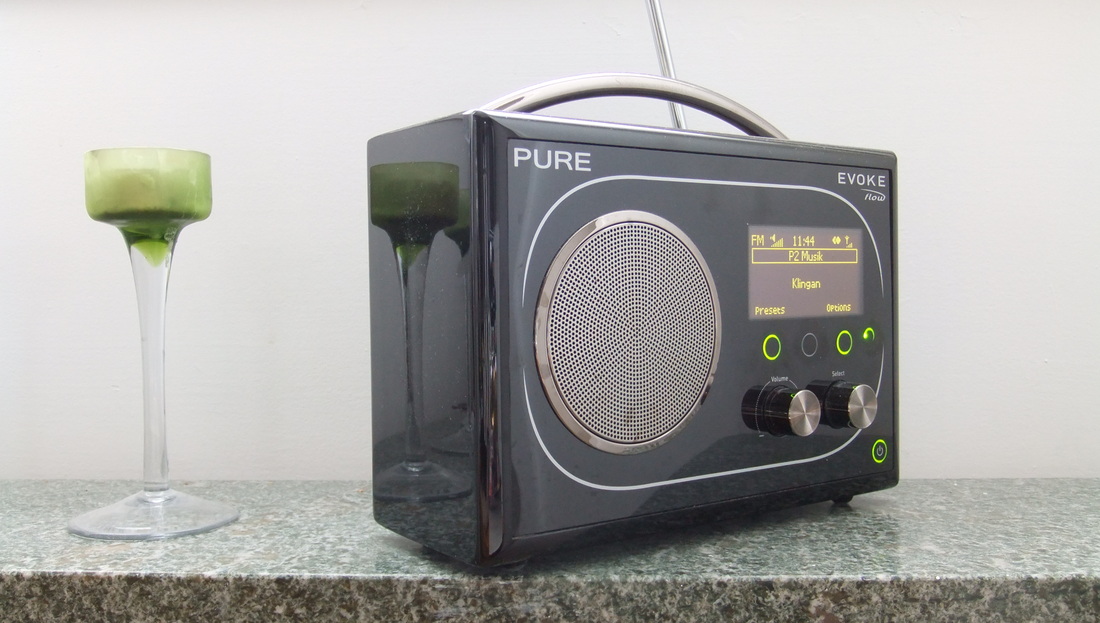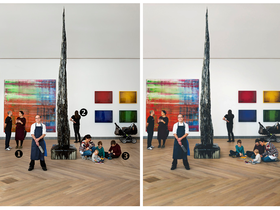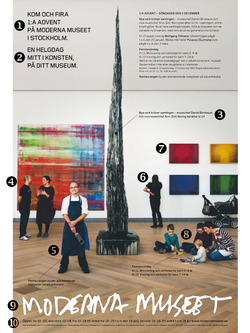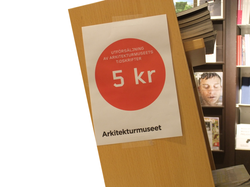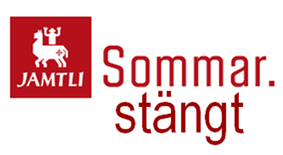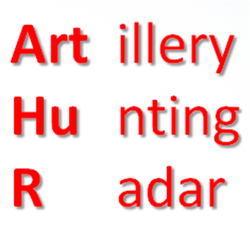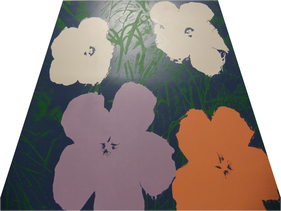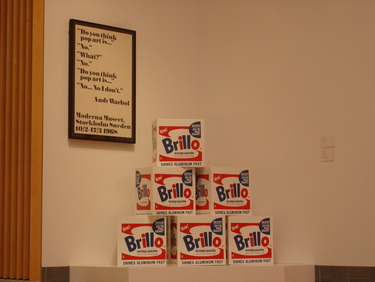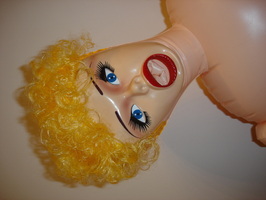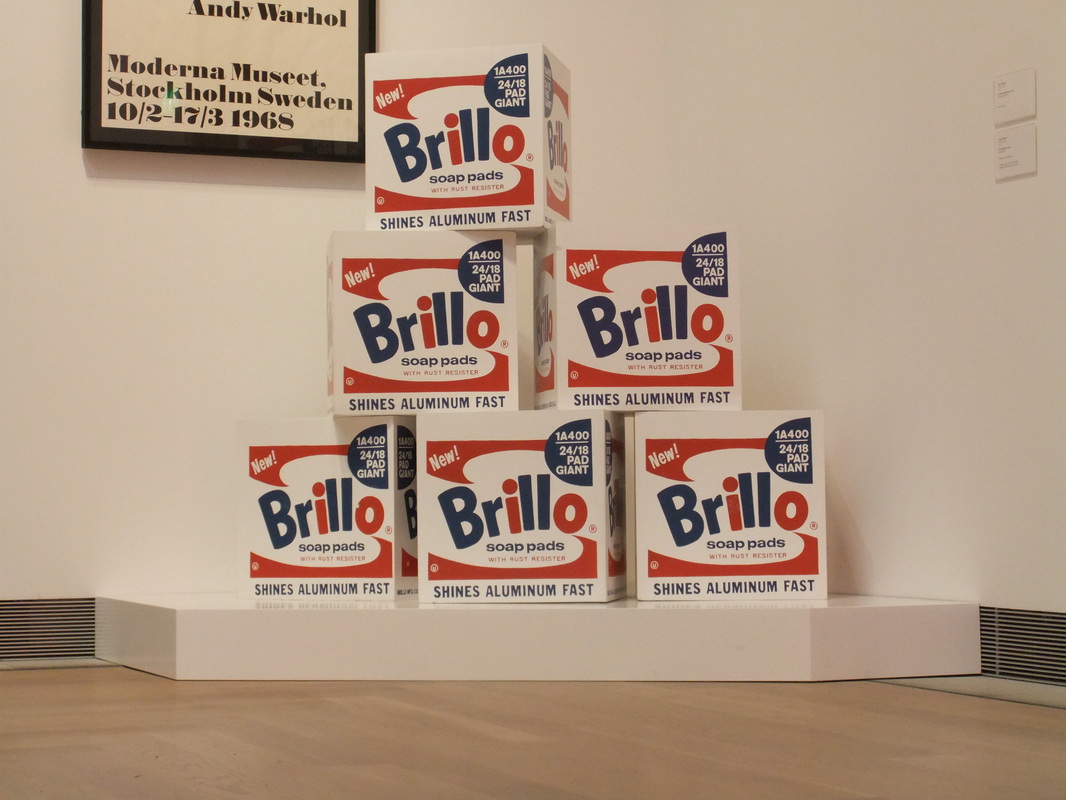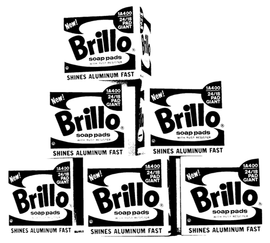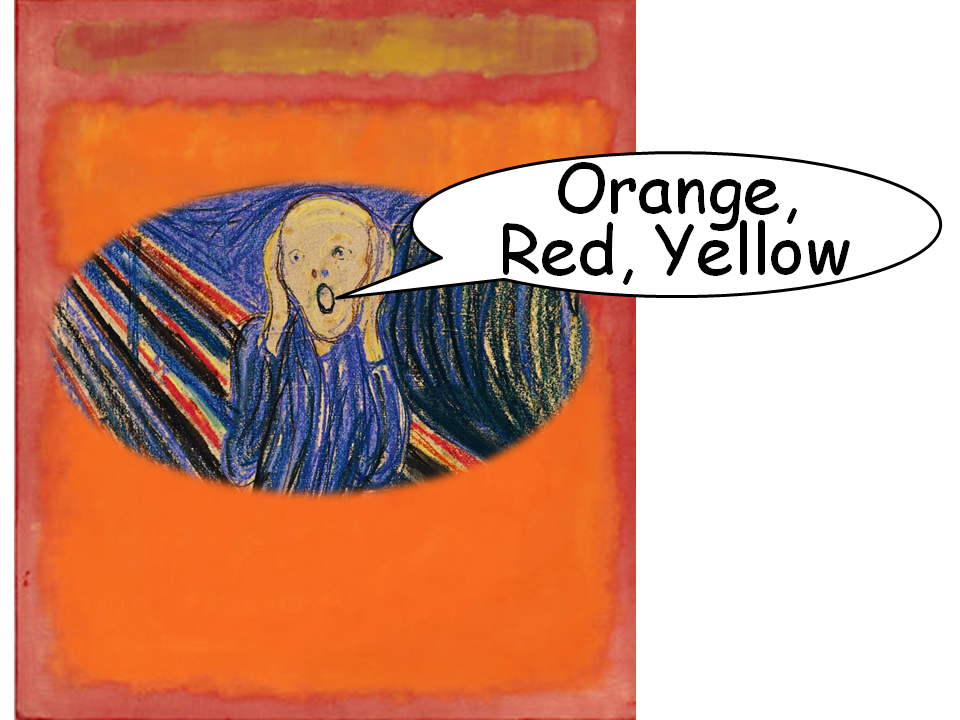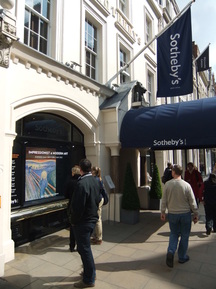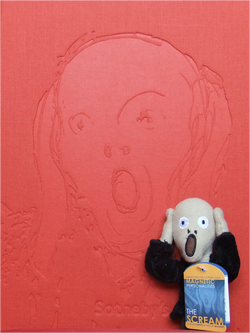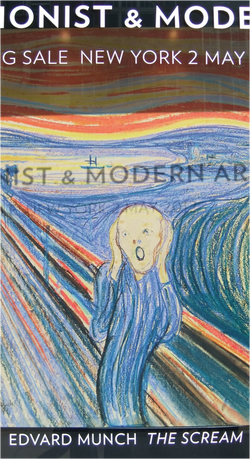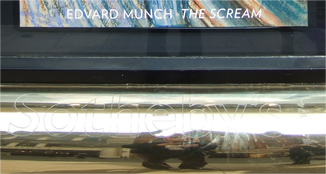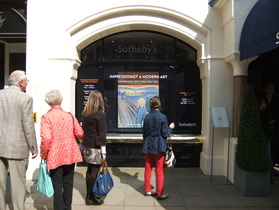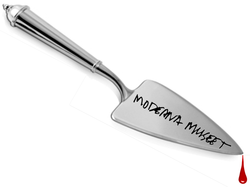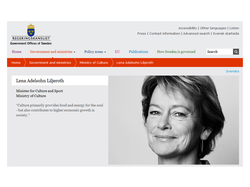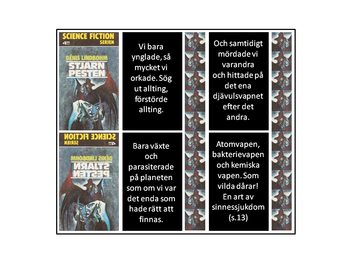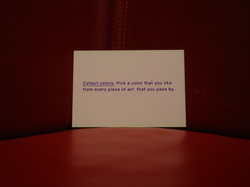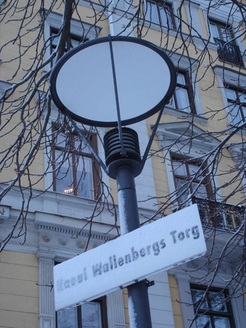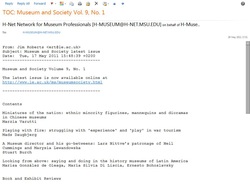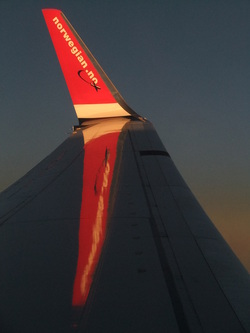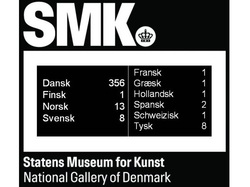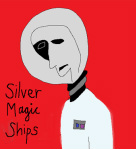Wretlind is a DJ like no other: 67 years young and with a global knowledge of music, which he generously shares with his audience. This is “world music” at its best: a fantastic blend of sounds, each introduced with a short comment or reflection by the ever-entertaining Wretlind. I’ve never met this gentleman, but there has been a space in my heart reserved for Lennart ever since I caught him playing Tom Waits’ “Christmas Card from a Hooker in Minneapolis” as one of his yuletide jingles.
Klingan has rightly been awarded one of this year’s Stora Radiopris by Radioakademin. The management in control of P2 have recognised this achievement in the most bizarre manner conceivable, by killing Klingan! Today’s show was the last ever. Sundays will never be the same again.
In an effort to ease the pain I have taken the final broadcast and used it to craft a three minute audio memorial to the late lamented Klingan. I would like to share this with you, dear reader (until I get prosecuted for copyright infringement, of course).
Morrissey was right after all: without Klingan everyday is like Sunday. And heaven knows I’m miserable now...
